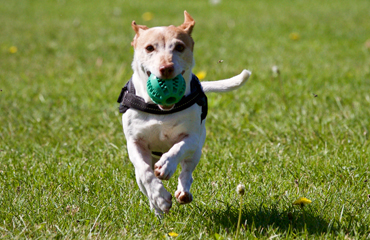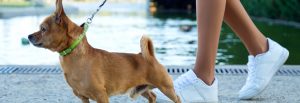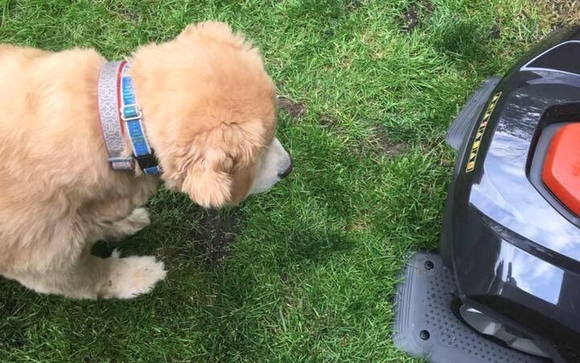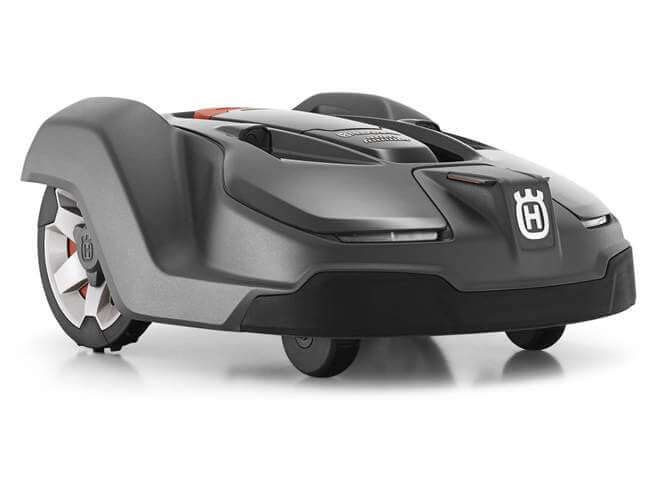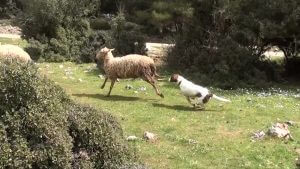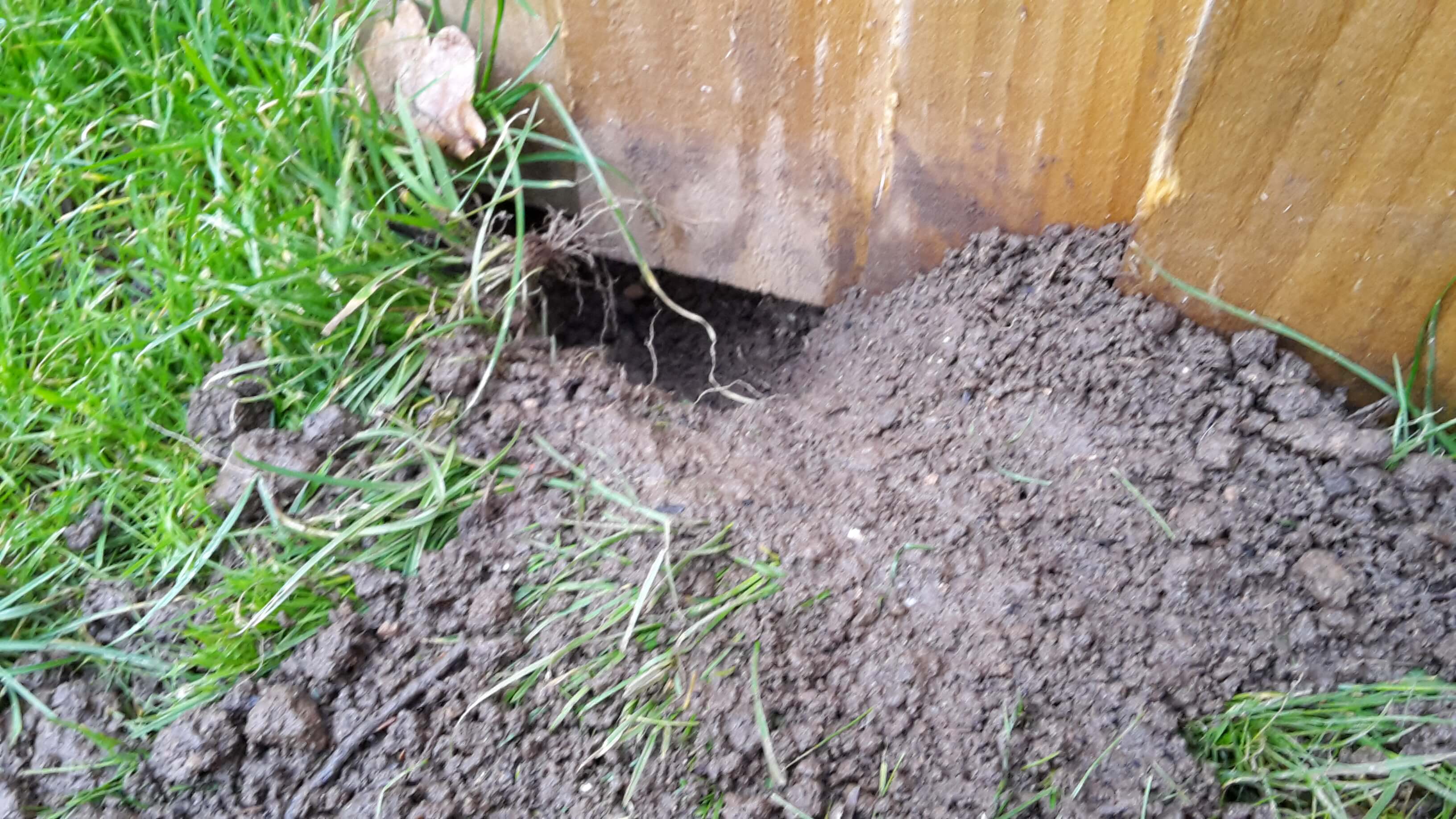Invisible Fence for Dogs – Points To Consider!
An invisible fence is ideal for pet owners with a large breed dog in their family. Owning a larger dog without previous experience can mean a pet owner has no idea what they have gotten themselves into.
Breeders will tell you that your breed of dog is prone to be calm and would usually laze around under a tree. We are sure your precious dog does love to lounge around under trees but… prefers the ones at the park a few miles down the road.
Suddenly, your days are now about chasing and tracking a large dog, that is terribly proud of its ability to run away. Escaping regardless of a five foot chain-link fence. Your clever dog can climb, crawl and dig its way out in a matter of minutes.
There is a great solution on the market and it is a wise decision to install an invisible dog fence as a containment system above and beyond your regular fence.
Contain And Train Your Pet With The Invisible Dog Fence.
All electric dog fences and e-collars are a training tool. They are only good when backed up by a constant training program. The goal is for your dog to only be exposed to correction a few times in their lifetime. After which they acknowledge that crossing the boundary results in correction. This will keep them in their assigned area. Electric dog fences are for engaged dogs with high intelligence.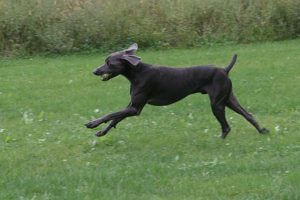
Invisible dog fences are very effective at keeping your dog where it belongs and to have freedom but, it does not create a barrier to keep other dogs away from your property.
There are hundreds of vendors online offering a low-cost low quality pet fence equipped with weak and unreliable collars, with minimal features. A bad quality electric dog fence is just like not having any fence at all. Go for a well established brand which is well known like DogFence.
Understanding your terrain and any potential interference such as metal buildings and hills. This is essential for the success of your containment system. It is always a good idea to speak to an electric dog fence professional, to help plan your layout, boundaries and install your fence.
Benefits Of An Electric Dog Fence.
1. Size of pet.
A wireless dog fence contains any sized dog.
2. Dogs learn many tricks that their owners teach them, but they also learn skills on their own.
Many dog owners have witnessed their pet open doors in their homes, and this does not limit their abilities to escape from a fixed fence garden.
3. You may already have a fenced area that your pet is familiar with and may know how to escape from.
It is challenging to find the right fence for dogs that dig or open fences. These habits may be difficult to stop. By choosing an invisible fence and with training stops the ability or escape attempts.
4. Dogs with destructive tendencies may damage fixed fencing.
Damage cannot happen to a hidden fence.
5. You no longer have to consider the fencing material needed or determine the height needed to contain your pet.
The last thing to consider is how much of your property you want accessible to your dog. Many homeowners choose to exclusively fence in the back garden, however with a hidden dog fence you can customise select areas of your property for your pet to enjoy and save some as a pet free zone.
Once you consider the benefits of Invisible fences for dogs, you in fact have peace of mind. It prevents your pooch from getting lost or injured.
Why not get in touch with our friendly team of experts today to discuss your dog fencing requirements.
Further reading:




